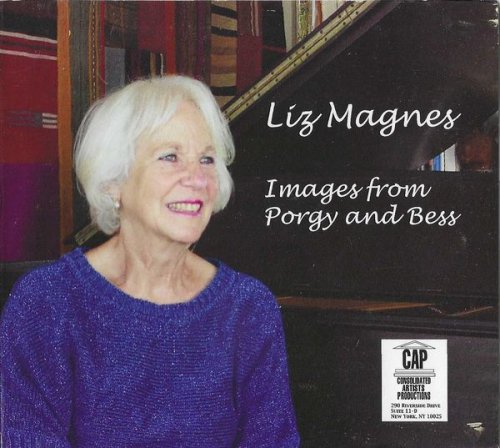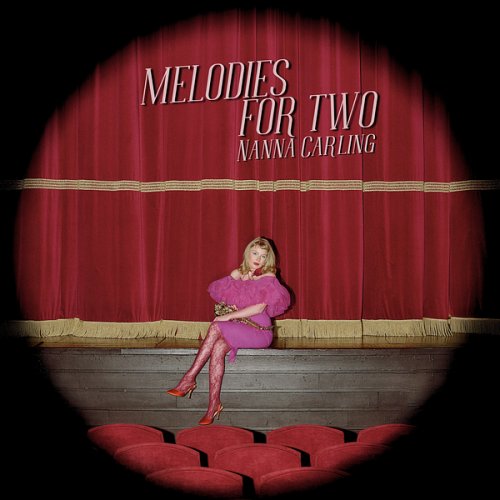Marc Minkowski & Les Musiciens du Louvre - Mondonville: 6 Sonates Op. 3 (1998)

Artist: Marc Minkowski, Les Musiciens du Louvre
Title: Mondonville: 6 Sonates Op. 3
Year Of Release: 1998
Label: Archiv Produktion
Genre: Classical
Quality: FLAC (image + .cue, log, artwork)
Total Time: 57:51 min
Total Size: 281 MB
WebSite: Album Preview
Tracklist:Title: Mondonville: 6 Sonates Op. 3
Year Of Release: 1998
Label: Archiv Produktion
Genre: Classical
Quality: FLAC (image + .cue, log, artwork)
Total Time: 57:51 min
Total Size: 281 MB
WebSite: Album Preview
Sonata for violin & harpsichord obbligato, Op. 3/1
01. I. Overtura. Grave Staccato - Allegro
02. II. Aria. Gratioso e poco piano
03. III. Gigha. Allegro
Sonata for violin & harpsichord obbligato, Op. 3/2
04. I. Allegro
05. II. Aria. Andante gracioso
06. III. Gigha. Allegro
Sonata for violin & harpsichord obbligato, Op. 3/3
07. I. Allegro
08. II. Aria. Moderato gratioso
09. III. Gigha. Allegro
Sonata for violin & harpsichord obbligato, Op. 3/4
10. I. Allegro
11. II. Aria. Andante gratioso
12. III. Gigha
Sonata for violin and harpsichord obbligato in G major, Op 3/5
13. I. Allegro
14. II. Aria. Gratioso
15. III. Allegretto
Sonata for violin & harpsichord obbligato in A major Op. 3/6
16. I. Allegro
17. IIa. Larghetto
18. IIb. Amoroso
19. III. Gigha. Allegretto
Jean-Joseph Cassanéa de Mondonville, violinist of the royal chapel and just a bit younger than Rameau, is one of those French composers of the late Baroque generally relegated to the summary paragraph in historical surveys. His music is not terribly common on recordings, and the Brilliant label's resurrection of this late-'90s recording on Archiv, despite dreadful sound, is welcome. These little "sonates en symphonies" are interesting in several respects. The name comes from the fact that Mondonville made orchestral versions, some years after the fact, of a set of keyboard-and-violin sonatas published as his Op. 3 in the early 1730s (the orchestral versions come from 1748 or 1749). He did this unusual sort of arrangement quite skillfully, with novel ways, for the time in France, of incorporating wind instruments into the texture. Despite the fact that Mondonville would soon be charged by the king's mistress, Madame de Pompadour, with the task of defending French music in the notorious Querelle des Bouffons, these three-movement sonatas, mostly in the fast-slow-fast pattern, are Italian to the core. The only exception comes in the middle movements, all of which except the last bear the adjective "gratioso." These are full of Parisian charm, and the one from the Sonate No. 5 (track 14), with its strings rapidly dancing in the background of a calm tune, is unique. The outer movements are all well-wrought, often feinting alternately in the directions of counterpoint and fetching melody. The historical-instrument group Les Musiciens du Louvre (based in Grenoble, despite the name), even without the favorable sonic environment they would later enjoy at the Naïve label, show themselves perfectly attuned to the sensuous and colorful imagination of the music. Recommended even for casual Baroque fans, at least for play on midprice equipment or worse, and orchestral conductors of whatever stripe should also get to know these works; as curtain-raisers, any one of them would put an audience in a good mood. Booklet notes are in English only. -- James Manheim

![Sam Dillon, Andrew Gould - Trade Off (2025) [Hi-Res] Sam Dillon, Andrew Gould - Trade Off (2025) [Hi-Res]](https://www.dibpic.com/uploads/posts/2025-12/1765497612_e7q3c9soiingb_600.jpg)
![Nābu Pēra - Soundscapes of Nicosia (2025) [Hi-Res] Nābu Pēra - Soundscapes of Nicosia (2025) [Hi-Res]](https://img.israbox.com/img/2025-12/14/lhs20jten1ip5ht0uibyjocfe.jpg)

![Chewing, Dave Harrington, Ryan Hahn, Spencer Zahn - Quintet (Live in Los Angeles) (2025) [Hi-Res] Chewing, Dave Harrington, Ryan Hahn, Spencer Zahn - Quintet (Live in Los Angeles) (2025) [Hi-Res]](https://img.israbox.com/img/2025-12/12/owakjkfg0whflv2rzyocno89p.jpg)


![Machito and His Orchestra - Irving Berlin in Latin America (Remastered Edition 2025) [Hi-Res] Machito and His Orchestra - Irving Berlin in Latin America (Remastered Edition 2025) [Hi-Res]](https://www.dibpic.com/uploads/posts/2025-12/1765784965_moib.jpg)
